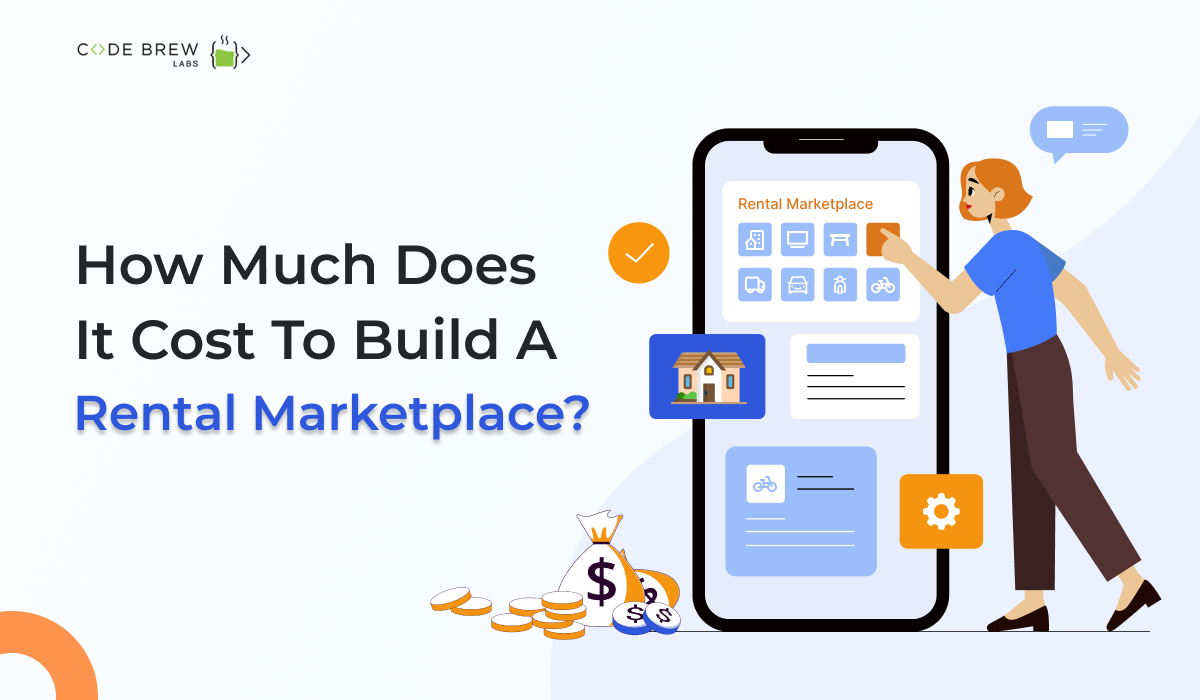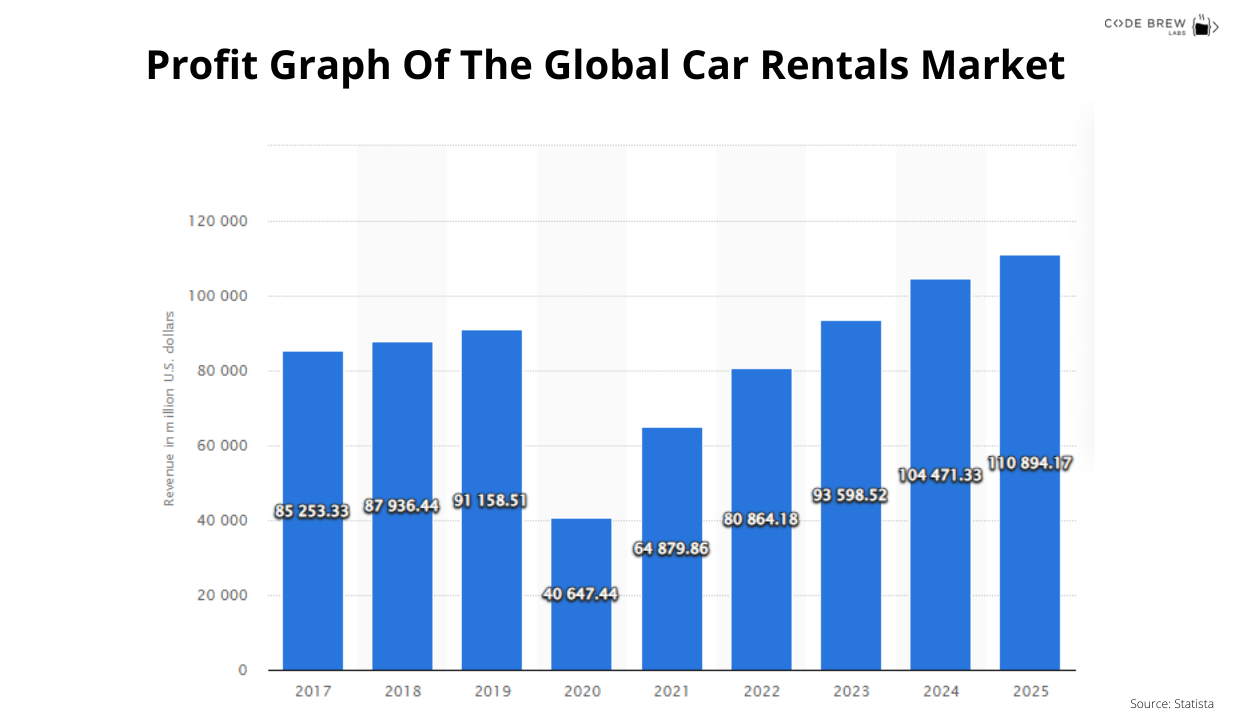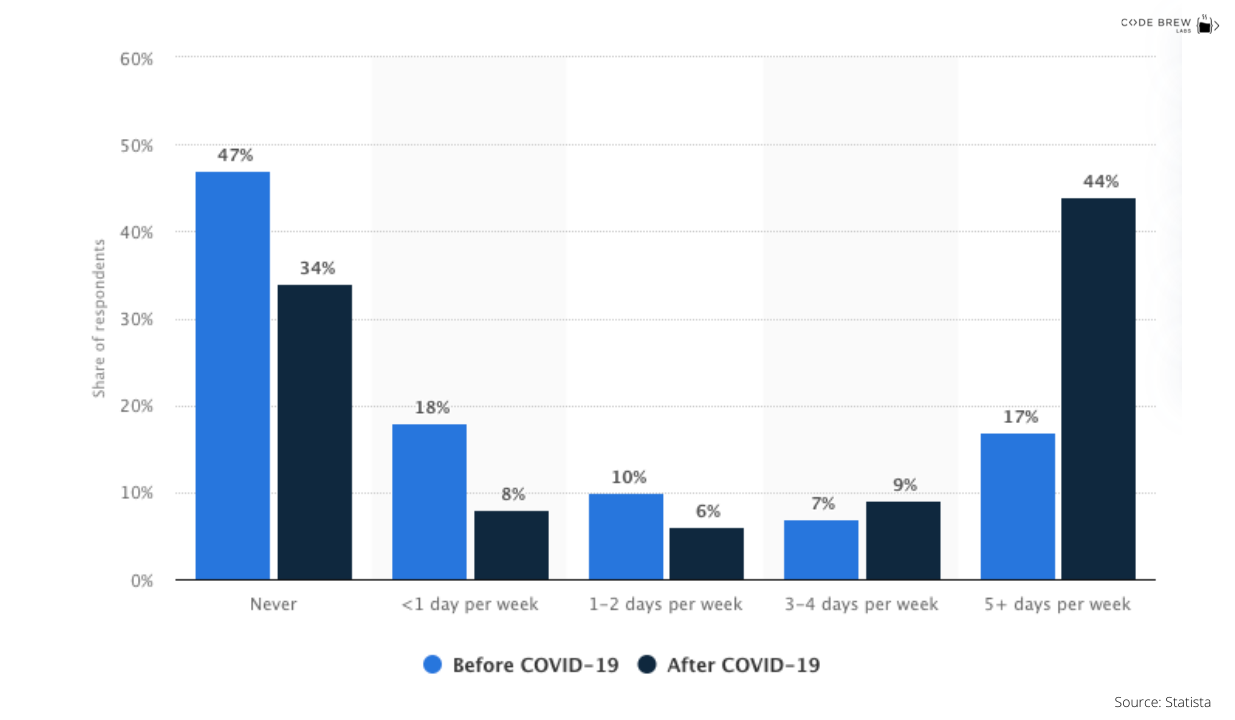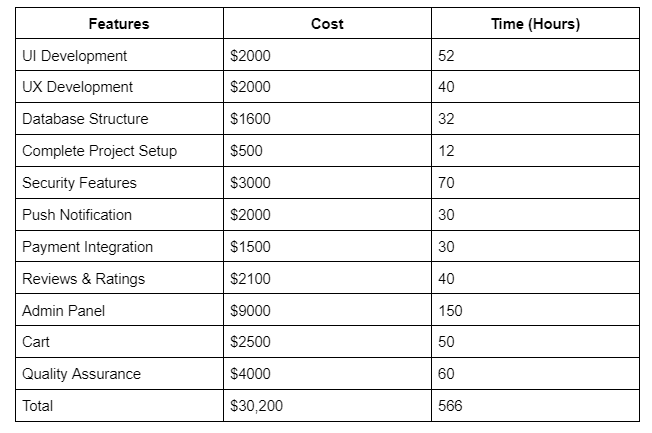
The matchless success of many rental marketplaces like Airbnb, Zillow, Rentometer, etc. is unbelievable. Besides adding to the global economy, such rental marketplaces have come a long way helping millions of people requiring a particular service or product on a rental basis. Not only this, but it has proved to be a convenient way to temporarily own and utilize a product or service based on unique needs.
Table of Contents
Furthermore, it has encouraged many entrepreneurs like you to develop and launch a rental marketplace to taste the success of this domain. Now when thinking about developing and launching an online rental marketplace, it’s common to juggle the cost-related queries.
Besides the cost factor, the other reason dragging people towards rental apps and services is the zeal to save the environment and reduce their carbon footprints. As a result, studies have proven that up to 70% of millennials and gen Z looks forward to renting apps than buying a product or property type for real.
Curious to unravel more about the rental marketplaces?
Let’s first begin with the statistics.
When talking about rental marketplaces, it’s hard to miss the car rental industry as it is one of the highly successful rental marketplaces globally. Here’s proof –

COVID-19 played a prominent role in accelerating the demand for remote services worldwide. The biggest example is when up to 70% of employees started working from home during the 1st phase of the COVID-19 pandemic. As a result, people started to look out for rented accommodations to break the monotony of WFH. eventually, rental marketplaces like Airbnb saw increased customer footfall in no time.
Here’s a visual demonstration of rental marketplace demand during and after the COVID-19 pandemic.

No matter what kind of value proposition you have in your head, the process of online rental marketplace development begins with a set of standard features.
Whether it’s the meditator (P2P platform owner), end user, or product/property owner, sign-up or login feature is mandatory for everyone. This unlocks the further realm of features and functionalities to process rental requests.
There is a search option embedded with the advanced search filters to narrow down the search results and help the users find an appropriate list of results in one go. It’s a no-brainer to use the advanced search filters as most of them consist of – product color, size, type, purpose, location, dates, etc.
Map integration is treated as a third-party integration feature in most rental marketplaces. It lets the end-user select a product or property based on the preferred locations and distance. The feature sails the user through Google Maps for utmost accuracy and dependency.
Making a list of preferences for a nearby event or occasion? Generally, a market place for rent offers this feature in the form of ‘add to cart’ or ‘add to wishlist’. This lets the end-user surf, select the preferred items, and save them in the cart.
The user can connect to the product or rental service provider to wave off any issues regarding the deal or product. This is yet another type of third-party integration that widens the service scope of the rental apps.
Users can book and confirm rental product or property booking in seconds after selecting an item. Once the rental order is confirmed, the details are reflected in the ‘order history’ feature.
The order history feature contains a list of rental orders placed in the past along with complete order details. The most common information found under this feature includes – product type rented, date of renting product/property, payment method opted, the amount transferred, and much more.
This is one of the most crucial features of the rental marketplaces which lets the user choose from multiple payment options including – credit card, debit card, UPI, PayPal, Cash, and much more.
Whether it’s the aggregator, end user, or property/product owner providing rental services, anyone receives push notifications regarding the rental order placed.
Users get the liberty to rate and review the rental services received at the end of completing the rental service tenure. This feature pops up after the rental service completes.
The close estimation of rental marketplace costs depends on –

The overall cost estimation may change depending on the hourly development charges.
No wonder freelancers prove less expensive than many IT outsourcing companies. But then always keep in mind that there are many trust and work-quality constraints of hiring freelancers.
Where technology outsourcing companies follow a predefined roadmap keeping a hawk’s eye on progress; freelancers may fail to handle your app development project with the same level of professionalism and sincerity. One of the biggest reasons is their being involved in multiple projects at one time.
We know and understand your zeal to be one of the Unicorn businesses in the forthcoming years. That’s why we continue to encourage our pool of knowledgeable developers to explore and inherit industry-rich trends.
Our development team holds decades of enterprise-level experience in developing, deploying, and maintaining a rental marketplace. From drafting an app plan to executing it on the right path, we have got you covered. All you need is to initiate a discussion with our subject matter experts.
So, connect & let’s brew some deserving success stories for you!
Rental marketplaces like Airbnb have achieved a lot in a short span of time. As a result, the whole rental app industry sees it as an epitome of success among the cut-throat competition.
No wonder it saw a realm of challenges but all those were overcome with a fair share of digital excellence.
The secret to setting up and launching a robust & customizable rental app model is overcoming all challenges including – scalability, overhead costs, and innovative features adding to the overall user experience.
